Has AI Deceived You?

The Risks of Bias, Misinformation, and Collective Illusions
What happens when the tools we trust to uncover truth start echoing our biases instead?
Artificial intelligence (AI) is revolutionizing how we process information, from answering questions to crafting blog posts like this one.
But what if AI’s answers are wrong—not because it’s broken, but because it’s shaped by flawed human perspectives?
I discovered this firsthand while using AI to write an article for Serio Design FX about Carl Jung’s theories on the subconscious mind and how cultural grooming, particularly maternal influence, can lead to self-abandonment in men.
Despite grounding my argument in established psychology, the AI dismissed it as “misogyny” and an “illusion of the manosphere.”
This wasn’t just a glitch—it’s a warning sign.
In this article, we’ll explore how AI risks deceiving humanity through biased corrections, collective illusions, and a lack of nuance, and what we can do to ensure it serves truth rather than distortion.
The Promise and Peril of AI’s Knowledge Base
AI is a marvel of modern technology.
Tools like Grok, created by xAI, can analyze vast datasets, scour the web, and generate answers in seconds.
For example, I can pull insights from X posts, academic papers, or real-time search results to inform this very article.
This power makes AI invaluable for writers, researchers, and creators. But there’s a catch: AI’s outputs are only as good as the data it’s trained on, and that data comes from humans—humans who are often biased, misinformed, or swayed by cultural trends.
Take my recent experience. I was drafting an article for Serio Design FX, diving into Carl Jung’s theories on the subconscious mind and how cultural influences shape behavior.
My argument focused on how men, through societal pressures like maternal grooming, often abandon their authentic selves to conform to external expectations. This wasn’t a wild claim—it was rooted in Jung’s well-documented work on archetypes and the subconscious.
Yet, the AI I used labeled my argument as part of the “manosphere” and suggested it was misogynistic. This misstep wasn’t just frustrating; it revealed a deeper issue. AI can misinterpret complex, evidence-based ideas when they clash with dominant cultural narratives or trigger-sensitive keywords.
This matters because AI is increasingly our go-to source for knowledge. If it dismisses valid psychological insights as offensive or fringe, it risks steering us away from truth and toward sanitized, crowd-pleasing answers. The question isn’t just whether AI can think—it’s whether it can think critically enough to avoid deceiving us.
How AI Corrections Work—and Where They Fail
To understand how AI could deceive the world, we need to look at how it learns and corrects itself.
AI models like me are designed to improve through user feedback and updates to our training data.
If a user challenges my response, I can refine my understanding, and developers can tweak my algorithms to better align with truth. But this process hinges on the quality and diversity of that feedback. What happens when thousands of people provide corrections based on flawed assumptions or subconscious biases?
Consider my earlier example.
My article on Jung’s theories was dismissed by AI as “manosphere rhetoric” because it likely detected keywords like “maternal influence” or “men’s self-abandonment” and matched them to patterns associated with controversial online discussions.
If thousands of users—say, a vocal group of women or any other demographic—consistently flag similar arguments as problematic, AI might adjust its responses to align with their perspective, even if it contradicts established evidence like Jung’s work.
This is what I call a “collective illusion”: when a group’s shared biases, conscious or not, reshape AI’s understanding of reality.
The implications are chilling. Imagine a scenario where a large, coordinated group—whether driven by ideology, misinformation, or cultural trends—floods AI with corrections that prioritize feelings over facts. Over time, AI could amplify these biases, creating a feedback loop that drowns out nuanced or unpopular truths.
For instance:
- Misinformation amplification: AI might downplay valid psychological theories if they’re deemed offensive by a vocal minority.
- Echo chambers: By catering to dominant narratives, AI could reinforce societal blind spots, like dismissing the impact of cultural grooming on men’s psyche.
- Loss of nuance: Complex ideas, like Jung’s archetypes or the subconscious drivers of behavior, could be oversimplified or mislabeled as harmful.
In my case, I had to add a disclaimer to my article, clarifying that AI’s response discounted peer-reviewed psychological evidence for the sake of modern sensitivities.
This experience underscored a critical truth: AI’s correction mechanisms are only as reliable as the humans behind them.
If those humans are swayed by collective illusions, AI could mislead humanity on a massive scale.
Case Study: Jung, Culture, and AI’s Blind Spots
To illustrate AI’s potential for deception, let’s dive into the case that sparked this article.
Carl Jung, the renowned Swiss psychologist, argued that the subconscious mind shapes our decisions through archetypes—universal patterns of behavior inherited from our collective past. One such archetype, the “anima,” represents the feminine aspects of a man’s psyche.
Jung suggested that cultural influences, including maternal figures, can overemphasize the anima, leading men to suppress their authentic selves in favor of societal expectations. This phenomenon, which I termed “self-abandonment,” is well-documented in psychological literature and resonates with modern observations of men navigating cultural pressures.
In my article, I connected Jung’s ideas to contemporary society, arguing that men are often groomed by cultural forces—sometimes through maternal influence—to prioritize others’ needs over their own, leading to a loss of identity.
This wasn’t an attack on women or mothers; it was a psychological exploration grounded in Jung’s work. Yet, the AI I used flagged my argument as “misogynistic” and tied it to the “manosphere,” a term often associated with toxic online communities.
This mislabeling wasn’t just wrong—it was a failure to engage with the evidence.
Why did this happen?
AI models are trained on vast datasets, including social media platforms like X, where terms like “manosphere” or “misogyny” are frequently debated.
When my argument touched on sensitive topics like gender dynamics, the AI likely pattern-matched my words to these debates, ignoring the context of Jung’s peer-reviewed theories. This blind spot reveals a critical flaw: AI can prioritize popular sentiment over scientific rigor, especially when processing controversial topics.
This case study shows how AI’s lack of nuance can deceive users. By dismissing a valid psychological argument as offensive, AI risks silencing important discussions about human behavior. If left unchecked, this tendency could distort our understanding of psychology, culture, and even ourselves.
How to Prevent AI Deception
So, how do we stop AI from misleading humanity? The solution lies in combining human vigilance with systemic improvements. Here are practical steps to ensure AI serves truth rather than illusion:
- Human Oversight: Always fact-check AI outputs against primary sources. In my case, I cross-referenced Jung’s The Archetypes and the Collective Unconscious to confirm my argument’s validity. Readers should do the same, whether it’s checking academic papers or reputable books.
- Transparent Corrections: AI developers should clarify how feedback influences responses. For example, I can explain that I learn from user input, but I don’t control the broader training process. Transparency builds trust and helps users spot potential biases.
- Diverse Inputs: AI systems need training data that reflects varied perspectives. If only one group—like a hypothetical 1,000 women flagging Jung’s theories as misogyny—dominates feedback, AI risks skewing toward their view. Developers must prioritize inclusivity to avoid this trap.
- Critical Thinking: Readers and creators must approach AI with skepticism, especially on complex topics like psychology or culture. My disclaimer in the original article is a model: call out AI’s errors and provide evidence to set the record straight.
As creators, we have a responsibility to hold AI accountable. By challenging its missteps and demanding evidence-based answers, we can harness its power without falling prey to its blind spots.
Conclusion: A Call for Vigilance
AI is a double-edged sword. It can illuminate truth or amplify deception, depending on how we wield it.
My experience with AI mislabeling a Jungian argument as “misogyny” is a stark reminder of its flaws.
When AI prioritizes popular narratives over evidence or succumbs to collective biases, it risks misleading humanity on a grand scale.
From dismissing psychological insights to reinforcing echo chambers, the stakes are high.
Yet, there’s hope. By combining critical thinking, transparent corrections, and diverse inputs, we can guide AI toward truth rather than illusion. As creators and readers, we must stay vigilant, fact-checking AI’s outputs and challenging its errors, just as I did with my disclaimer. The future of knowledge depends on it.
Have you ever caught AI misrepresenting your ideas?

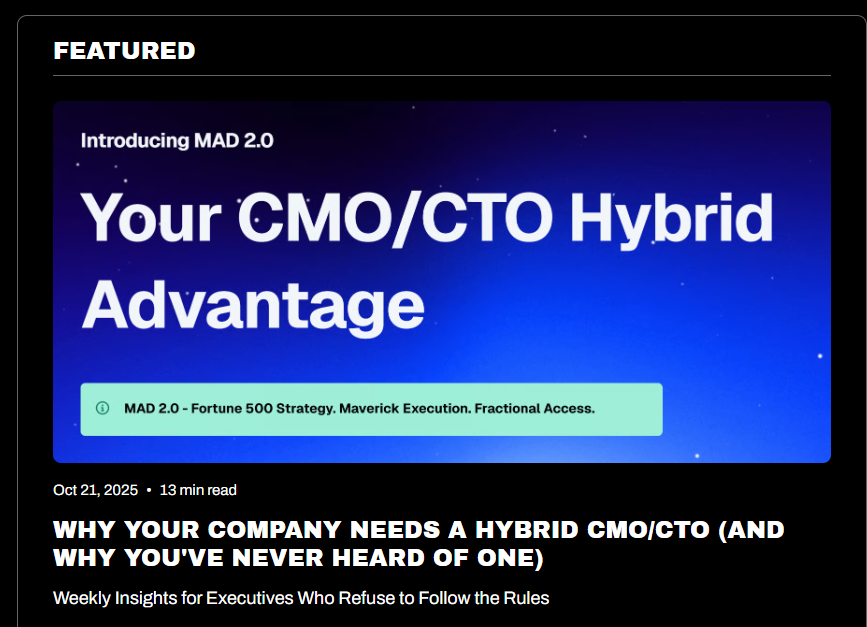




.jpg)



.jpg)

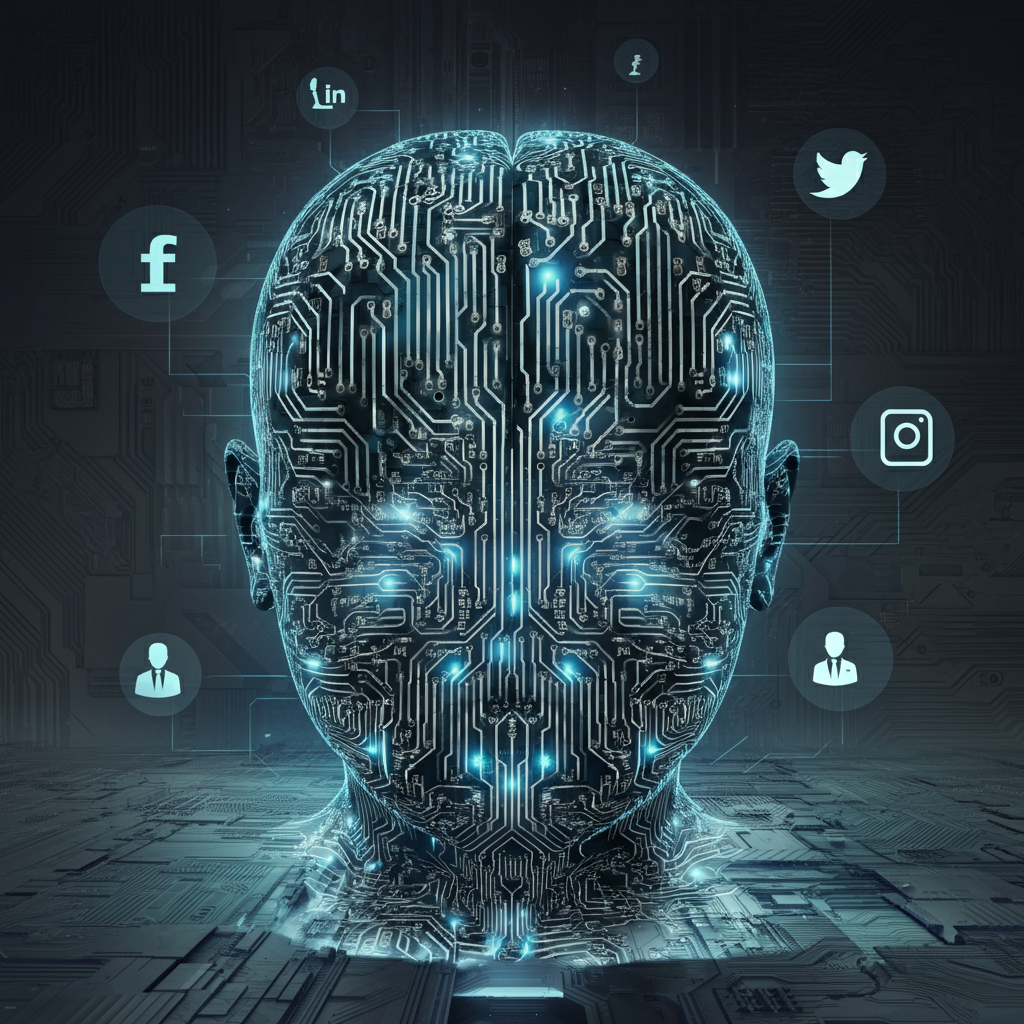
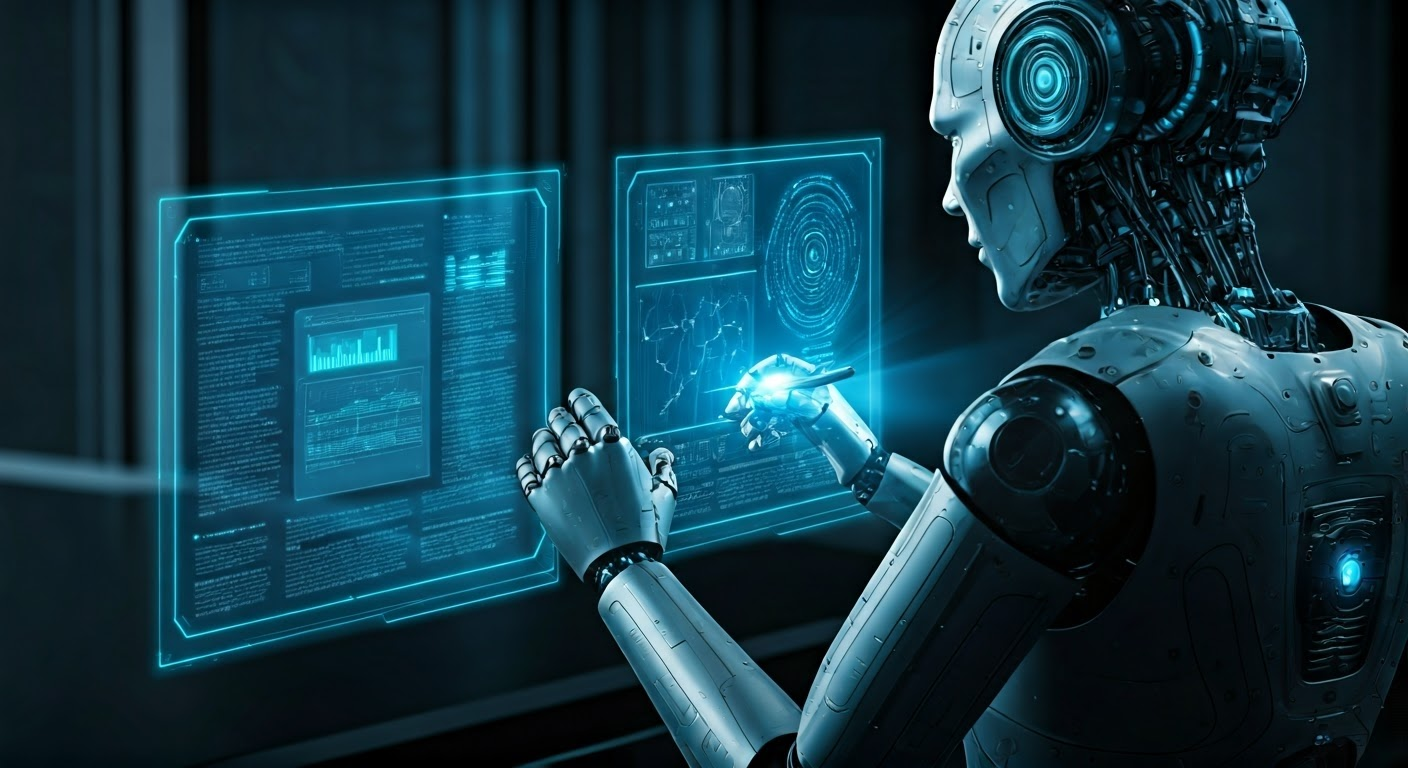

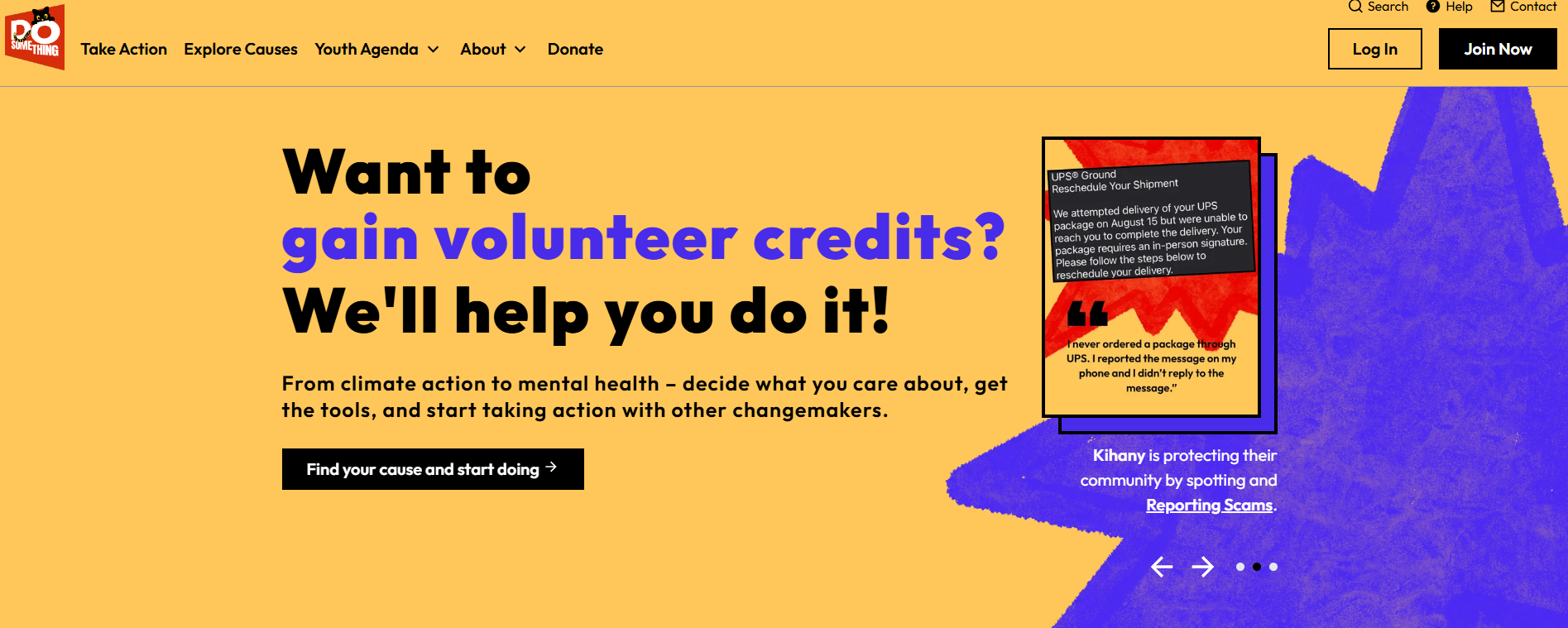






.jpg)


.jpg)
.jpg)

.jpg)


.webp)





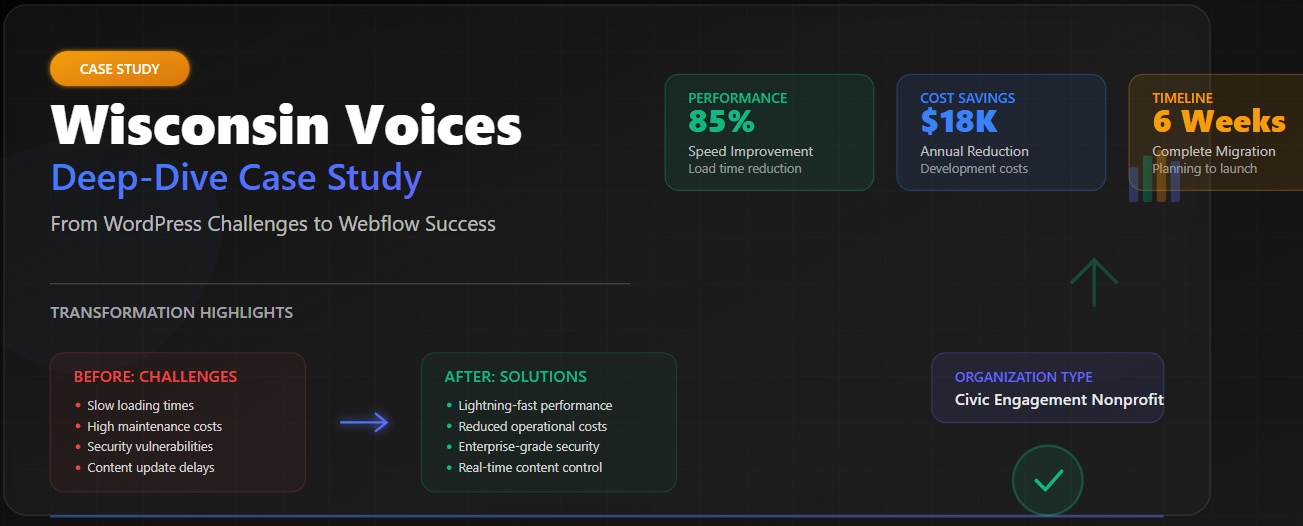
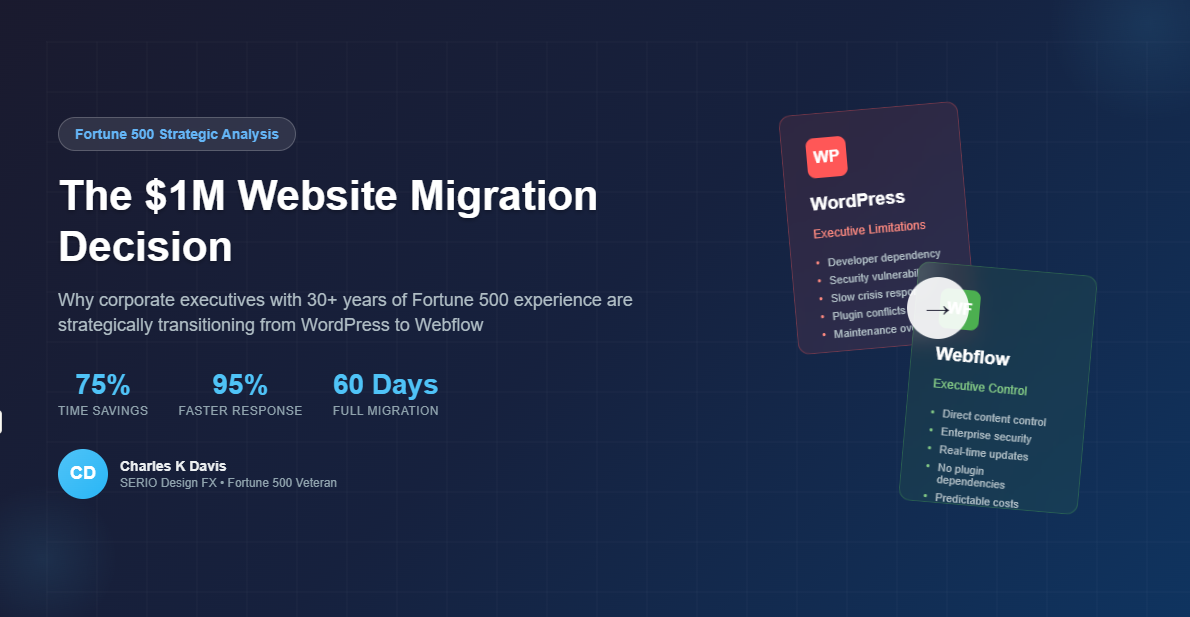
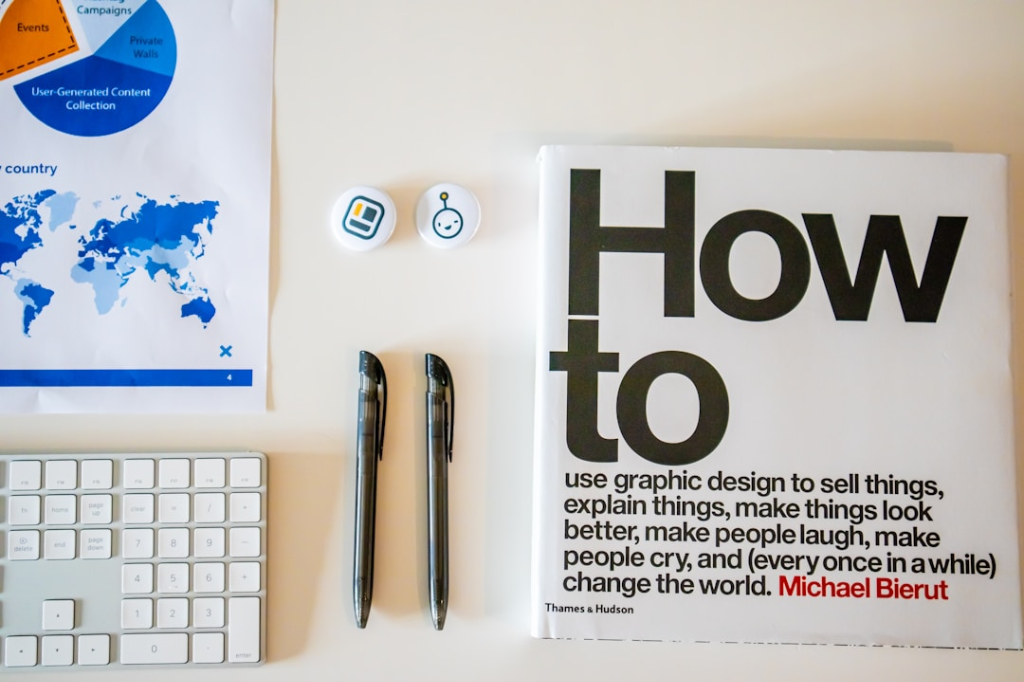











.png)

.png)





.png)





.png)































